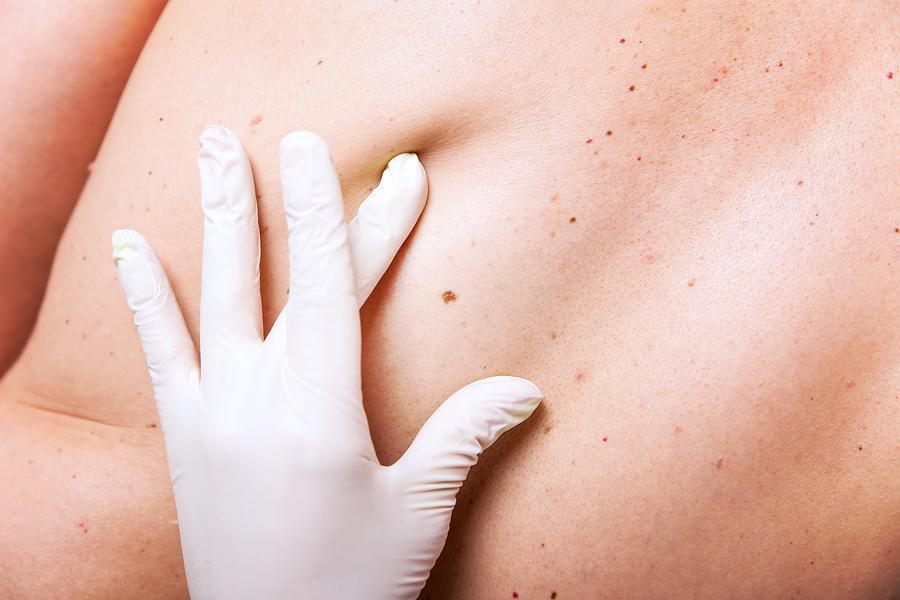A change in a mole can be a sign that you have skin cancer, a disease that will affect 20 percent of Americans at some point in their lives, according to The Skin Cancer Foundation. The Rockville, MD, dermatologists at Shady Grove Dermatology discuss what you should look for when you examine your moles.

When should I be concerned about a mole?
Signs that could indicate the presence of skin cancer in a mole include:
- Size: Moles larger than a pencil eraser should be evaluated by a dermatologist.
- Change in Color: Normal moles don't change color over your life. If your mole is cancerous or contains atypical cells, it may become red, black, pink, white or black or a combination of colors.
- Unusual Border: Do the borders of your mole no longer look smooth? Skin cancer can cause the edges of a mole to become irregular, blurred or rough.
- A Texture Difference: When your smooth mole becomes bumpy or you notice any other texture change, it's a good idea to schedule an appointment with our Rockville office.
- Shape or Height Changes: Moles that become taller or change shape should also be evaluated.
- Dryness or Itching: Dry, flaky or itchy moles can be a potential warning sign of skin cancer.
- Pain or Swelling: Does your mole hurt when you touch it or has the skin around the mole become red and swollen? These changes are also a reason for concern.
- Bleeding: It's not unusual for a mole to bleed if you happen to accidentally cut it or shave over it. However, if bleeding occurs when you barely bump your mole, skin cancer may be a possibility.
How do dermatologists evaluate suspicious moles?
If your dermatologist feels that the changes in your mole could indicate that you have skin cancer, they will remove all or part of the mole and send it to a laboratory for a biopsy. If the biopsy is positive, you may need to undergo a minor surgical procedure to remove lingering cancer cells. In some cases, chemotherapy or radiation treatments may also be needed.
Don't put your health at risk by ignoring changes in your moles. If you notice any of these signs, schedule an appointment with the Rockville, MD, dermatologists at Shady Grove Dermatology by calling (240) 246-7417.